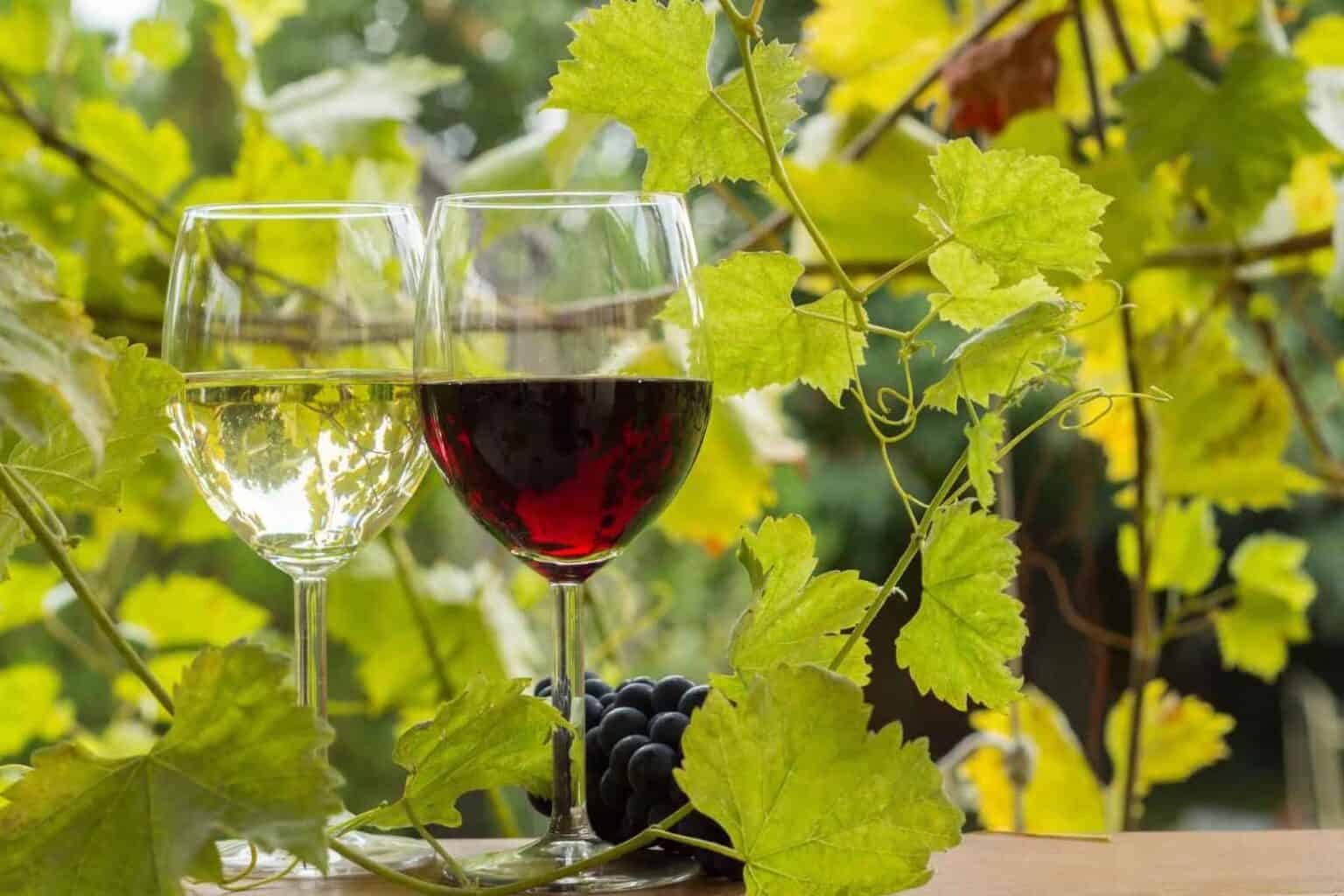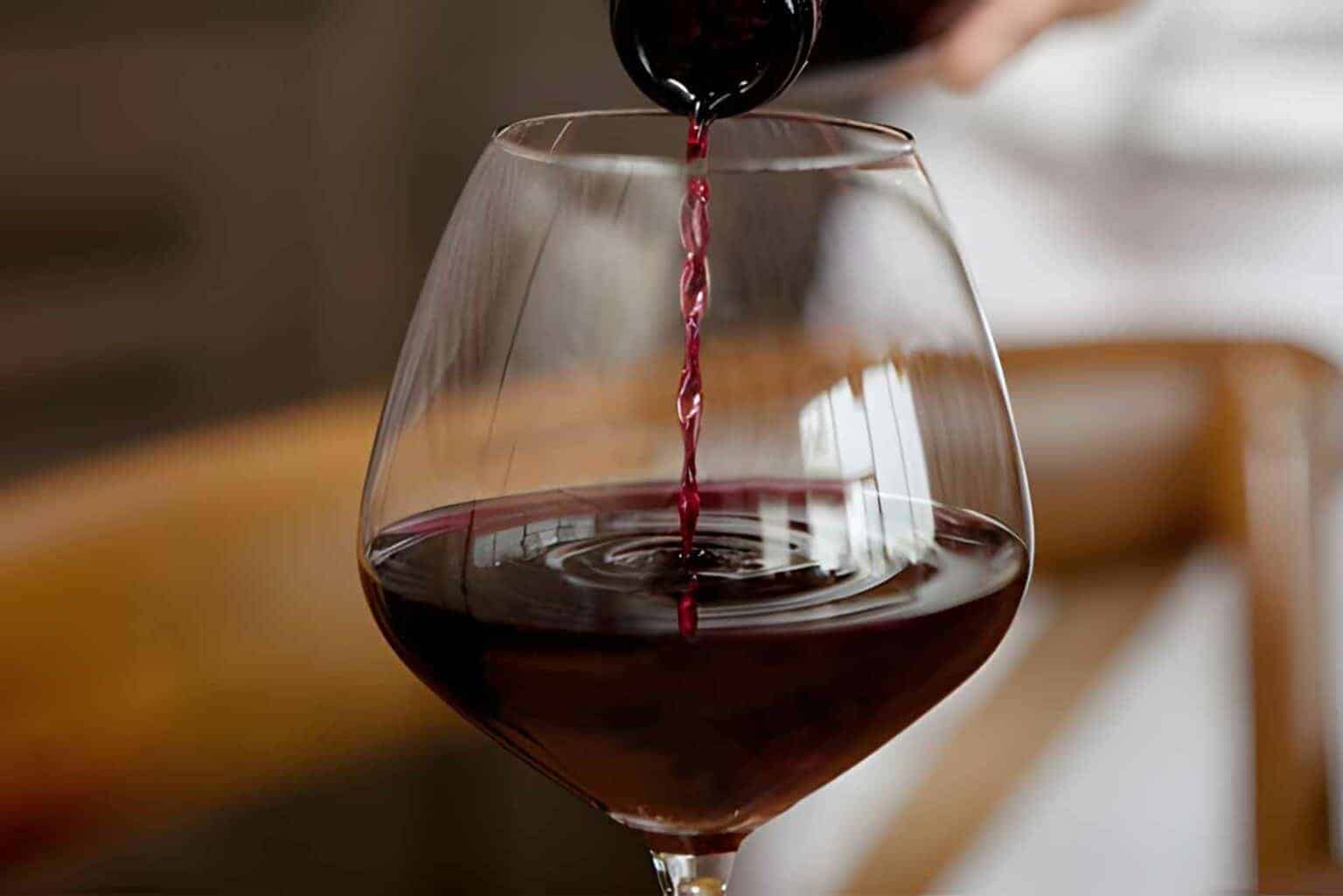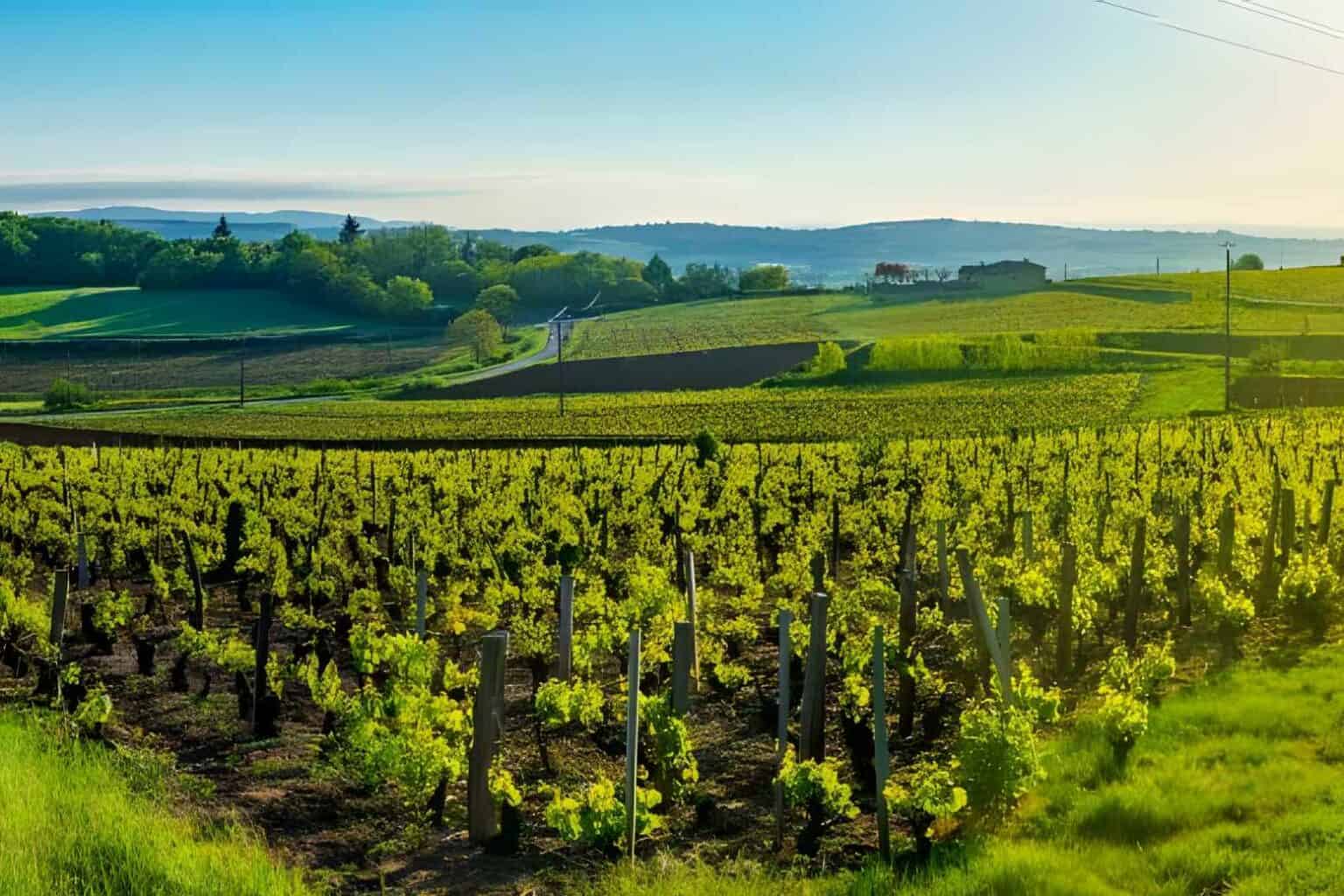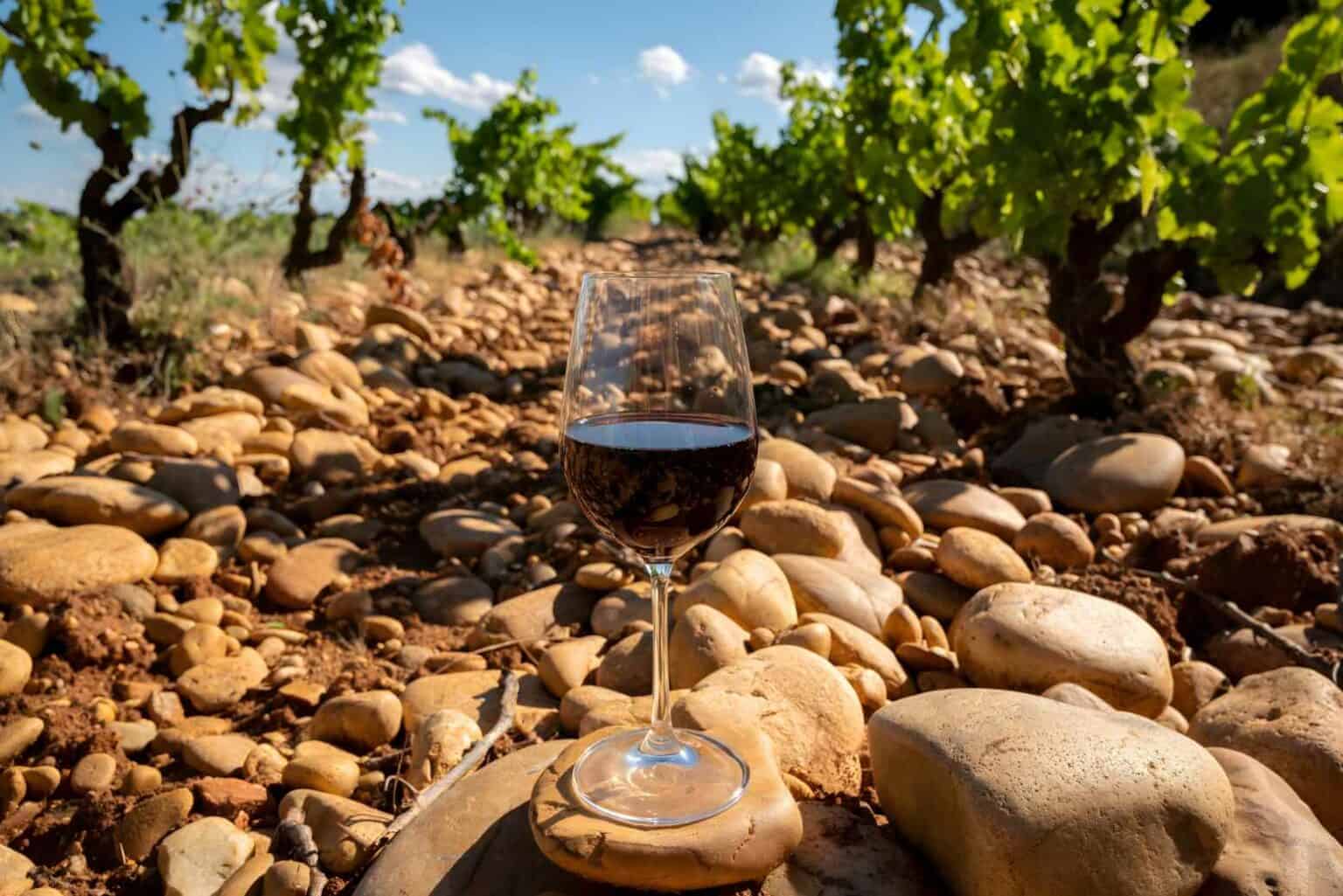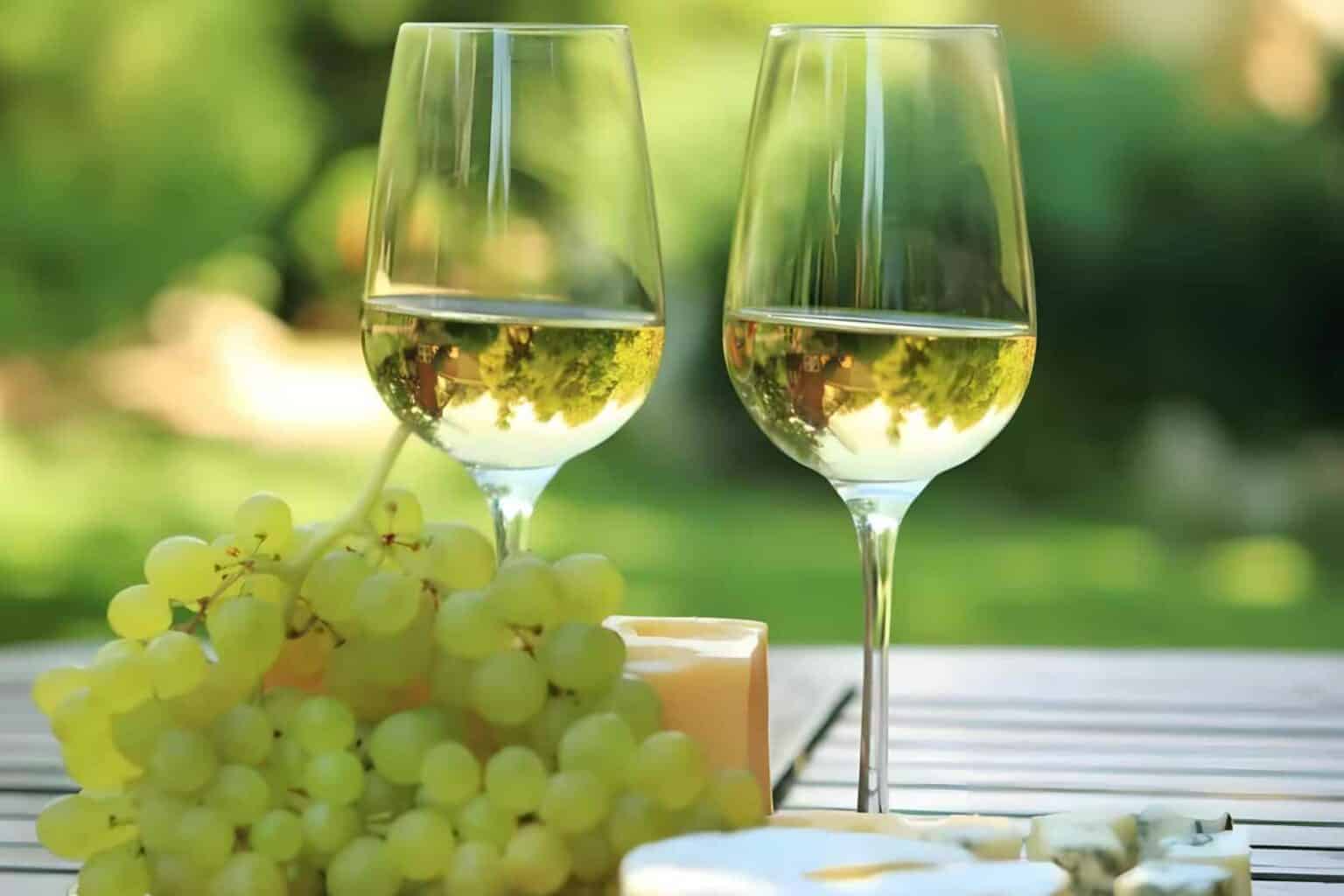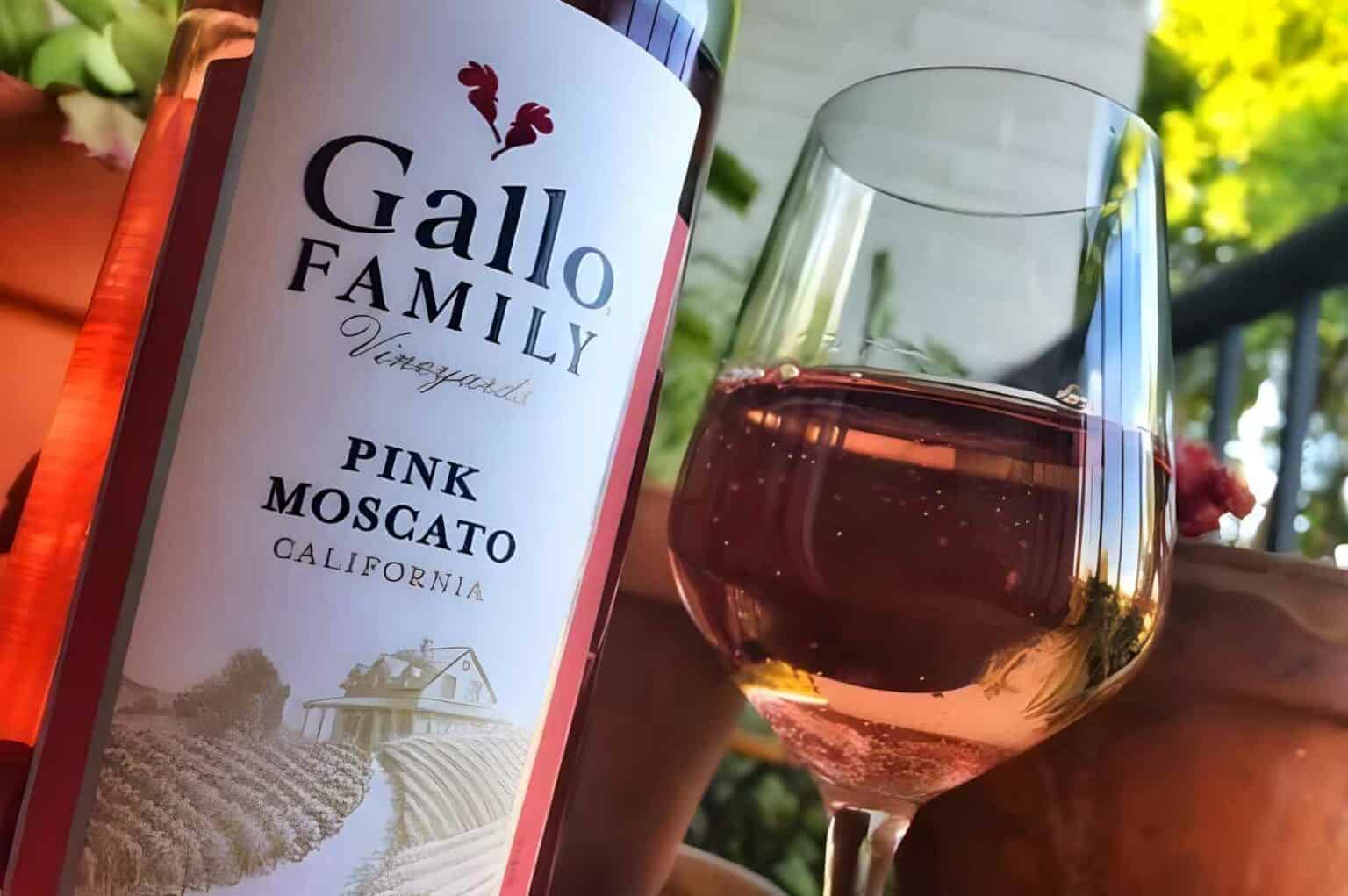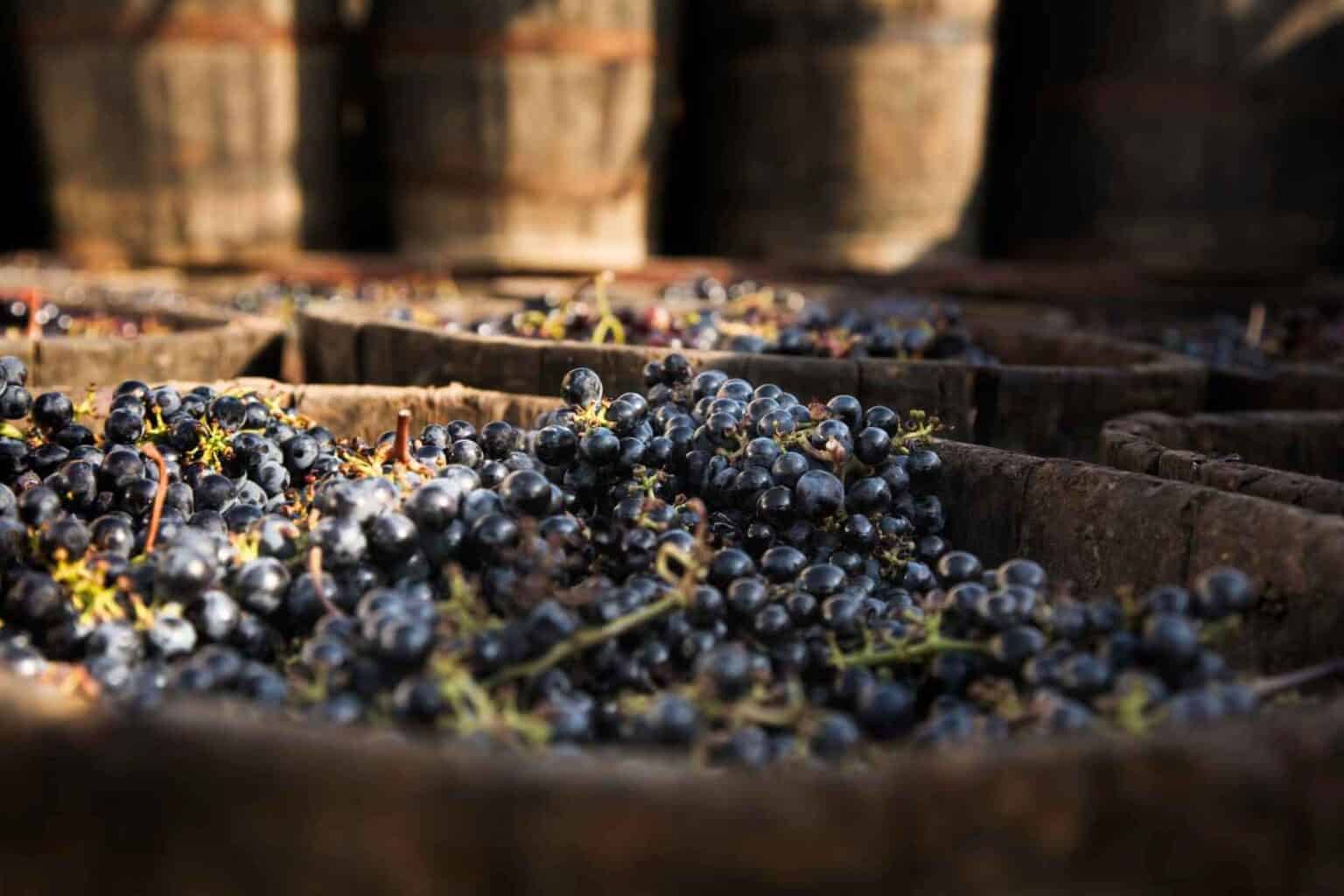Chances are, you don’t know what is grenache wine or have little information about this delectable drink. It has been around for centuries, but only a few know the admirable traits of this versatile wine. So, to give you an overview, here is a detailed guide about grenache wine.
What is Grenache Wine?
Grenache wine is a beverage made from the grenache grape, which is considered one of the earliest wine grapes to exist. Grenache is widely used for making flavorful red wines across several regions and is known for its high sugar level resulting in wines with high alcohol content.
Moreover, grape farms prefer Grenache grape to plant as it is easier to grow because of its adaptability to high temperatures and dry climates. And it can also stand against strong winds because of its robust vines.
Origin
Although grenache is more widespread in the French region, the wine is said to originate in Spain. Wine researchers claim that grenache came from Aragon, a region in Northern Spain, and evidence shows that it then spread to Catalonia all the way to its neighboring European regions.
Notable Regions
| Country | Region |
| France | Rhône, Châteauneuf-du-Pape |
| Italy | Sardinia, Sicily, Calabria |
| USA | California, Washington |
| Australia | South Australia |
Flavor Profile
The image above shows the flavor profile of grenache wine and the most notable notes you can taste when drinking this wine.
- Alcohol: Grenache wine is known for its high alcohol content, and most bottles have around 13.5% to 16% alcohol by volume (ABV). For reference, standard wines have an average of 12% ABV.
- Body: The body is the weight and richness of wine felt in our mouth, and as for grenache wine, it has a light to medium plus body.
- Acidity: Grenache wine has light to medium acidity. The acidity is the tartness or what makes your mouth salivate as you drink the wine.
- Tannin: And as for tannin, it is the overall mouthfeel of a drink. For grenache wine, it has a medium tannin making its finish dry, and it has a bit of bitterness in its aftertaste.
- Notes: Grenache wine has strong notes from strawberries and raspberries, as well as some hints of black cherries and citrus grind. You can also find hints of cinnamon, anise, peppercorns, and fresh herbs in most grenache wines.
Varieties of Grenache
Red Grenache
Red grenache or Garnacha Tinta (Spanish) is the most common grape used in making red and rosé wine. Usually, a red grenache wine is bright in color, has low to medium acidity, and is medium-bodied.
However, red wines still vary depending on the vinification or winemaking process, the added flavors, and the kind of grape used. Using less ripe grapes will result in a lighter wine, whereas using a very ripe one will produce a higher alcohol level and a more vibrant color.
Red grenache wine is usually paired with meat dishes such as stews and roasted pork. It also pairs well with cheeses because its taste blends well with the salty and delicate flavor of cheeses.
White Grenache
White grenache or Garnacha Blanc is a mutation of the more common red grenache. It is used to make a full-bodied wine that is dry, low in acidity, and has a high alcohol level.
White Grenache wine is also sweeter than its red counterpart but still shares some common characteristics, such as being aromatic and great for wine blending.
Unlike its red variety, white grenache wine is considered a dessert wine that can be consumed independently without any blends. Moreover, it perfectly pairs well with pasta and cheese as well as chicken and pork dishes because of its profound flavor.
Other Varieties
White and red grenache are the most common types of grapes used for making grenache wine. However, three other varieties of this grape are unknown to many.
- Garnacha Tintorera: This grape has an intense red pulp making the wine deeper in color, which makes it great for blending.
- Garnacha Peluda: The hairy leaves of this grape make it unique among others, hence its name, “Peluda,” which means hairy in Spanish. This grape makes a lighter and less alcoholic wine than other grenache grapes.
- Grey Grenache: Unlike red and white grenache wines that complement main dishes, grey grenache wine is pale pink and is best paired with appetizers such as seafood and salads.
How is grenache wine made?
The making of grenache wine is just like how other wines are made. However, winemakers have their styles, thus creating unique blends and tastes. For visual reference, here is a YouTube video on how wines are made.
Harvesting
Winemaking starts by harvesting the grapes fresh from the vines. However, due to the grenache grape’s robust vines, manual harvesting (handpicking) is utilized rather than mechanical harvesting, which can damage the vines.
Pressing
Once harvesting is done, the grapes are then carried to a presser to extract the juices before they go to the fermentation tank.
Most winemakers remove the grapes from the stems, but some leave the whole cluster for specific wines. Pressing the stem with the grapes adds tannin, but it also reduces the overall sourness of the wine.
Fermentation
The fermentation of the grape’s juice is among the most important parts of the winemaking process. It creates the overall taste, mouthfeel, body, and alcohol level of the wine. To turn the grape’s sugar into alcohol, yeast is added during the fermentation.
Furthermore, know that fermenting red wine is slightly different from white wine. It is fermented with the skin of the grapes to create the wine’s color.
Aging
After the wine’s fermentation period, it is then transferred to either steel tanks or wooden barrels to age. A wine’s taste, aroma, and texture are greatly affected by the aging process.
Some wines are aged for only a few months, while some take years to age which results in a darker color but has less acidity and tannin. But do longer-aged wines taste better? Truth is, it totally depends on the type of wine.
Filter and Bottling
Finally, the fully aged wines go through a series of filters to remove unwanted particles that might ruin the wine’s texture. Once the wine is ready for drinking, it then goes through the bottling process, where it is poured and sealed in a bottle ready for distribution.
How to enjoy grenache wine
One way to truly enjoy wine is to know how to properly drink it, making sure you taste all of its profound flavors. However, one also should know the essential factors that go into drinking wine.
Temperature
Drinking a glass of wine means it should have the perfect temperature to highlight its full potential.
Of course, wines should be cool rather than warm when drunk, and as for grenache wine, the best temperature would be around 18°C to 19 °C. Choosing a temperature below or over this will result in a wine that is either nearly warm or too cold to savor.
Food pairings
Although grenache wine is fantastic enough to enjoy on its own, you may find it best to pair it with a lot of delicious dishes.
Because of its rich and mild spiciness, red grenache wine perfectly pairs with slow-cooked beef or lamb dishes such as stews and beef casserole. It also goes well with smoked meat like pork barbecues and grilled vegetables.
As for white grenache wine, it is even easier to pair than its red counterpart, as you can pair it with most dishes. Whether your main course is chicken, fish, or a spicy Asian dish, white grenache wine will perfectly complement the food.
Type of glass
The type of glassware you use also contributes to your overall wine-drinking experience. For red grenache wines, the most common glass used is large and has a round rim for easy swirling, which helps release the wine’s aroma.
As for white grenache wine, a slimmer, U-shaped glass is the perfect kind to use, as it is great for releasing balanced aromas while keeping the temperature cool for a longer period.
Moreover, since white grenache wine is a sort of dessert wine that tends to be sweeter, using a smaller glass is better if you prefer to drink it after a meal, as it will enhance the released aroma even more.
Summary
Although grenache wines are versatile and pair well with various cuisines, it seems like only a small portion of wine enthusiasts know what is grenache wine. However, based on how Grenache wine is gaining popularity, it is safe to say that this wine is finally shining and getting the attention it deserves.

George Moore, co-founder of Wine Flavor Guru, is a charismatic entrepreneur with a rich background in California’s wine industry. Alongside Sylvia, he transformed a Sonoma County vineyard into a source of premium wines. George’s expertise in sourcing exceptional grapes and his approachable style make wine appreciation both accessible and engaging.
